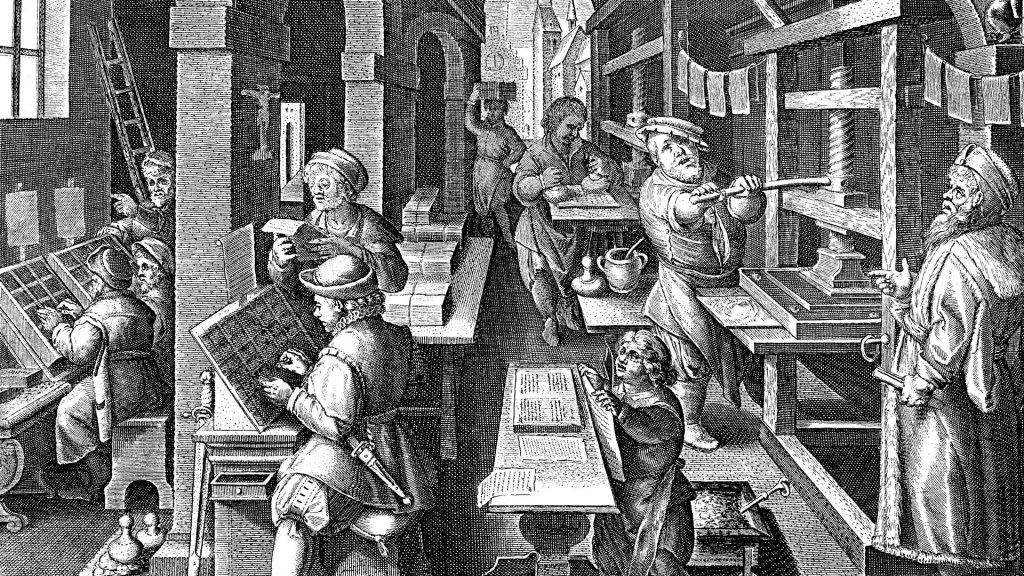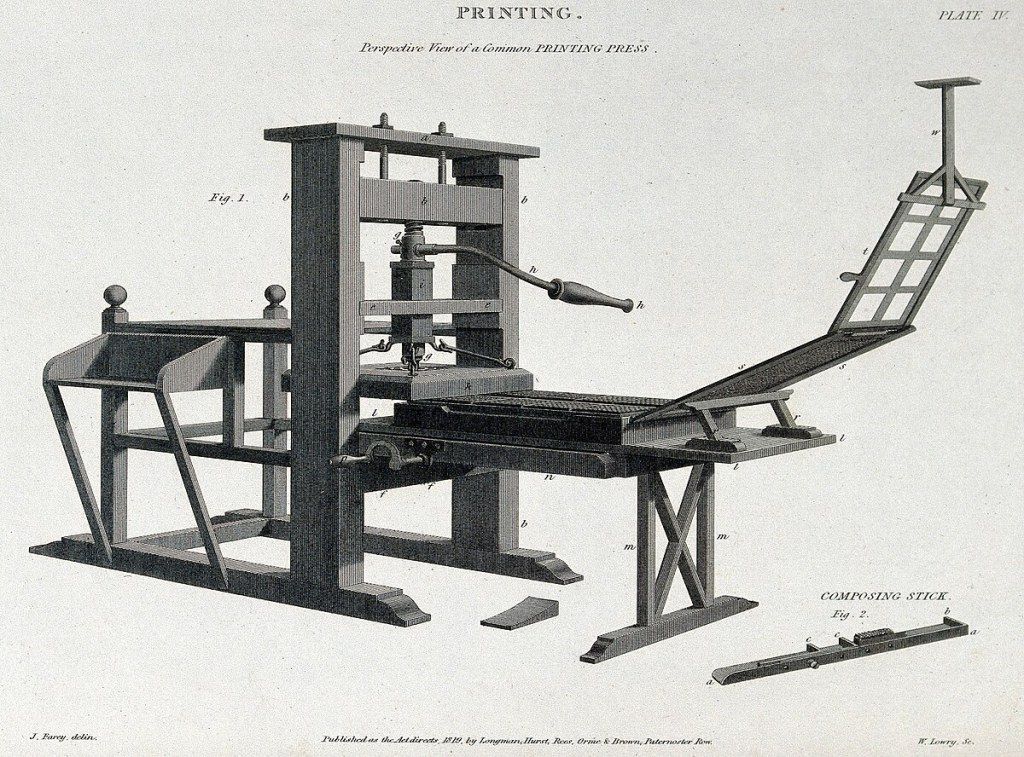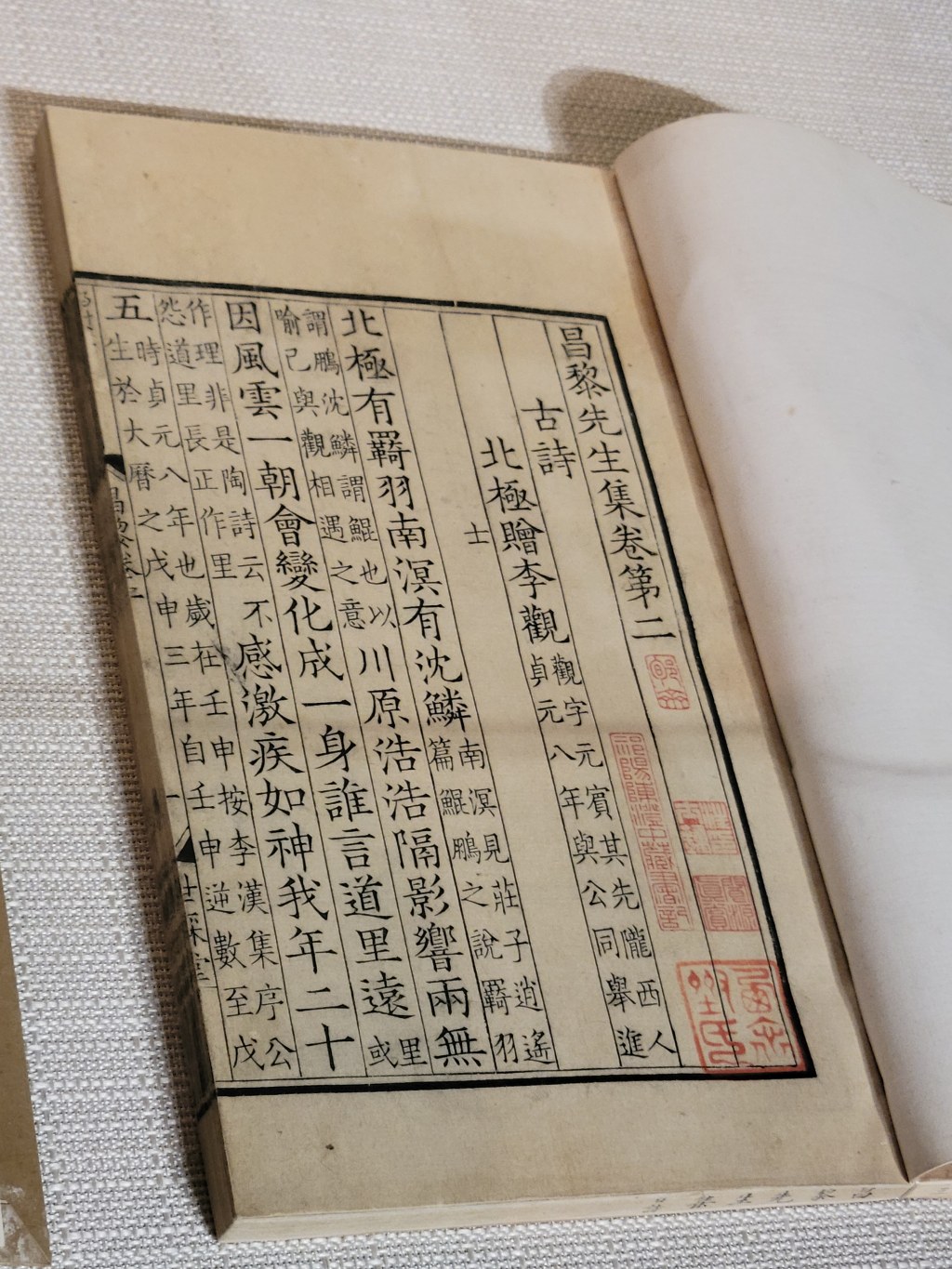Printing Technology Developed in China Initially Spread to
Introduction
Welcome, readers! Today, we delve into the fascinating world of printing technology and its origins in China. Printing, a revolutionary invention that transformed the way information was disseminated, has a rich history that began in ancient China. In this article, we will explore how printing technology developed in China initially spread to other parts of the world, paving the way for the dissemination of knowledge and the advancement of human civilization.
Printing technology refers to the methods and techniques used to reproduce text and images on paper or other materials. It has played a crucial role in the preservation and transmission of knowledge throughout history. The development of printing technology in China was a significant milestone that had a profound impact on the world.
Now, let’s embark on a journey to uncover the story behind the spread of printing technology from China to the rest of the world.
What is Printing Technology?

Image Source: aetnd.com
Printing technology is the process of reproducing text and images using various methods and techniques. It involves the creation of a master template or a printing plate, which is then used to transfer the image onto paper or other materials. The invention of printing technology revolutionized the way information was produced and disseminated, making it accessible to a wider audience.
The Inventor of Printing Technology
The invention of printing technology is attributed to Bi Sheng, a Chinese artisan and inventor who lived during the eleventh century. Bi Sheng developed a technique known as movable type printing, which involved arranging individual characters on a wooden block. This innovation allowed for more efficient printing and the easy replacement of damaged characters.
The Spread of Printing Technology
The spread of printing technology from China to other parts of the world can be attributed to several factors. One of the key factors was the invention of paper by the Chinese, which provided a suitable medium for printing. The Chinese also developed ink and block printing techniques, further advancing the field of printing technology.
When Did Printing Technology Spread?

Image Source: wikimedia.org
The spread of printing technology from China occurred during the Tang Dynasty (618-907 AD) and the Song Dynasty (960-1279 AD). The dissemination of printing technology was facilitated by the Silk Road, a network of trade routes connecting China to the rest of the world. Traders and travelers from different regions were exposed to Chinese printing technology, leading to its spread.
Where Did Printing Technology Spread?
Printing technology initially spread to neighboring East Asian countries, such as Korea and Japan. The Korean king, Sejong the Great, recognized the potential of printing technology and introduced it to Korea in the fifteenth century. Japan also adopted printing technology during the Edo period (1603-1868 AD).
Why Did Printing Technology Spread?

Image Source: wikimedia.org
The spread of printing technology was driven by the desire for knowledge and the need to disseminate information more effectively. Printing technology allowed for the mass production of books, making them more accessible and affordable. This led to an increase in literacy rates and the democratization of knowledge.
How Did Printing Technology Spread?
The spread of printing technology was a gradual process facilitated by trade, cultural exchange, and the migration of artisans. Chinese artisans who possessed knowledge of printing techniques traveled to other countries, sharing their expertise and contributing to the adoption of printing technology. The spread of printing technology was further accelerated by the invention of the printing press in Europe during the fifteenth century.
Advantages and Disadvantages of Printing Technology
Printing technology has brought numerous advantages to society, but it also has its drawbacks. Let’s explore the pros and cons of printing technology:
Advantages of Printing Technology
1. Efficient Reproduction: Printing technology allows for the rapid reproduction of text and images, making it easier to disseminate information to a large audience.
2. Preservation of Knowledge: Printed materials have a longer lifespan compared to handwritten texts, ensuring the preservation of knowledge for future generations.
3. Mass Production: Printing technology enables the mass production of books, making them more affordable and accessible to a wider audience.
4. Standardization: Printing technology ensures uniformity and consistency in printed materials, reducing errors and improving readability.
5. Economic Impact: The printing industry has created job opportunities and contributed to economic growth through the production and distribution of printed materials.
Disadvantages of Printing Technology
1. Environmental Impact: The production and disposal of printed materials can have negative environmental consequences, such as deforestation and waste generation.
2. Cost: The initial cost of setting up a printing operation can be high, especially for small businesses or individuals.
3. Limited Flexibility: Once printed, the content cannot be easily modified or updated, requiring the production of new copies.
4. Accessibility: Printed materials may not be accessible to individuals with visual impairments or other disabilities.
5. Digital Competition: With the rise of digital technology, printed materials face competition from online platforms, e-books, and digital publications.
Frequently Asked Questions (FAQs)
1. What was the impact of printing technology on education?
Printing technology revolutionized education by making books more affordable and accessible. It led to an increase in literacy rates and enabled the spread of knowledge.
2. Did printing technology exist before the invention of the printing press?
Yes, printing technology existed before the invention of the printing press. Block printing and movable type printing were used in ancient China long before the printing press was developed in Europe.
3. Has printing technology become obsolete in the digital age?
No, printing technology continues to be relevant in the digital age. While digital platforms have gained popularity, printed materials still serve various purposes and cater to different audiences.
4. How has printing technology evolved over time?
Printing technology has evolved significantly over time, from the use of wooden blocks in ancient China to the invention of the printing press and the development of advanced printing techniques and technologies.
5. What role did printing technology play in the Renaissance?
Printing technology played a crucial role in the Renaissance by facilitating the spread of knowledge, fostering intellectual exchange, and contributing to the cultural and scientific advancements of the time.
Conclusion
In conclusion, the development of printing technology in China was a significant milestone that had a profound impact on the world. From its humble origins in ancient China to its spread across different continents, printing technology has revolutionized the way information is produced, disseminated, and preserved. While it has its advantages and disadvantages, printing technology remains a powerful tool for the dissemination of knowledge and the advancement of human civilization.
Now that we have explored the fascinating journey of printing technology, let us appreciate the art and science behind this revolutionary invention. Embrace the power of printing and continue to explore the ever-evolving world of technology.
Final Remarks
The information provided in this article is based on historical research and serves as a general overview of printing technology’s development and spread. It is important to acknowledge the contributions of various cultures and individuals to the advancement of printing technology. The evolution of printing technology continues to shape our world, and it is crucial to stay informed and adapt to the changing landscape of information dissemination.